President of Indonesia, Prabowo Subianto attended the 76th Republic Day of India as the Chief Guest.
ASEAN-India Trade in Goods Agreement (AITIGA)
|
|---|
IFC-IOR (Information Fusion Centre-Indian Ocean Region)
|
|---|
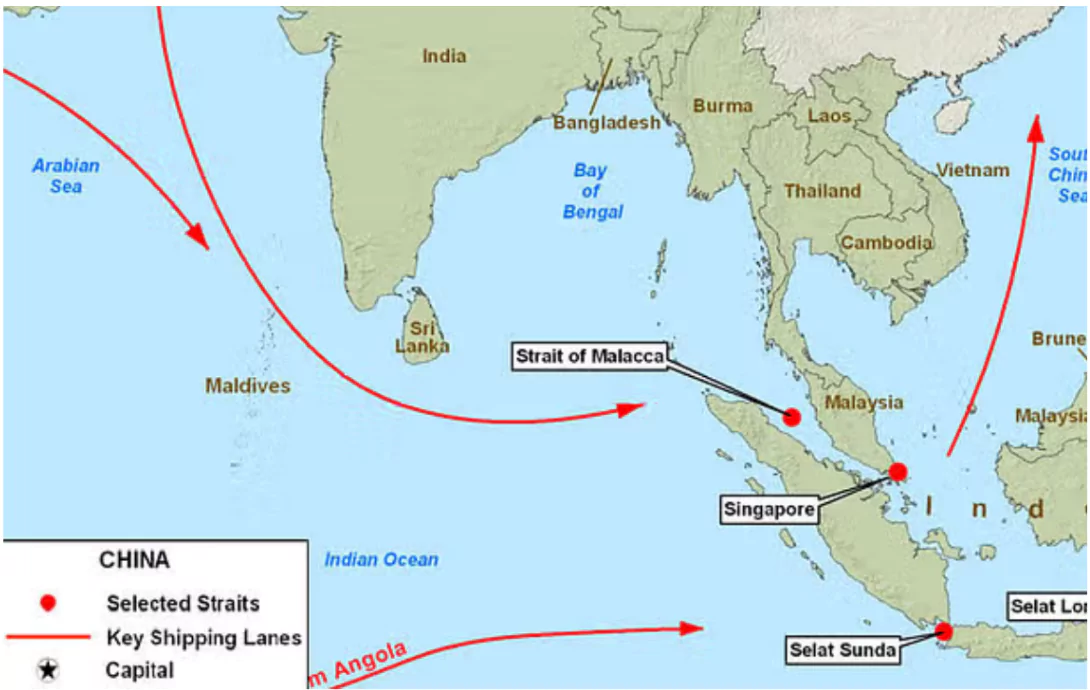
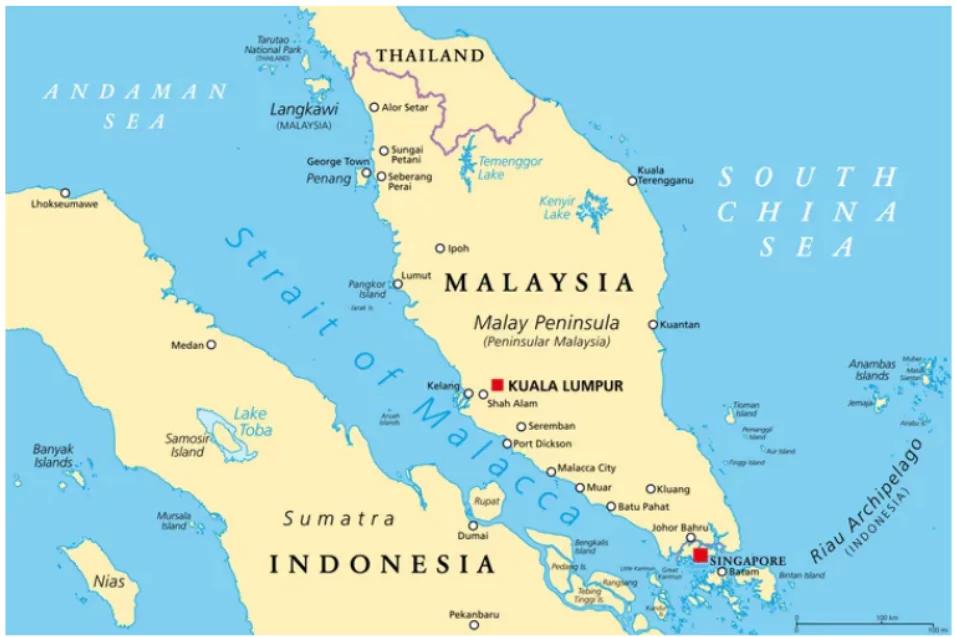
About Strait of Malacca
|
Indo-Pacific Oceans Initiative (IPOI)
|
|---|
Indian Technical & Economic Cooperation (ITEC) program.
Indian Council for Cultural Relations (ICCR) scholarships
|
|---|
Key Bilateral Visits Between India and Indonesia
|
|---|
India-Indonesia relations have evolved through historical, cultural, and strategic dimensions, with both nations working towards enhanced cooperation across defense, trade, and maritime security. While challenges like trade imbalances and geopolitical divergences persist, continued collaboration and addressing key issues can unlock the full potential of their partnership for regional stability and growth.
Ready to boost your UPSC 2025 preparation? Join PW’s UPSC online courses today!
Recently, the Bombay High Court directed the Maharashtra government to have an in-built mechanism to control decibel levels in loudspeakers, public address system (PAS) or any other sound-emitting gadgets used at places of worship, or institutions, irrespective of religion.
Essentiality Test in Religious Practice
|
|---|
2016 Bombay HC judgment:
Supreme Court Rulings:
|
|---|

Ready to boost your UPSC 2025 preparation? Join PW’s UPSC online courses today!
Indore and Udaipur have become the first two Indian cities to make it to the global list of accredited wetland cities under Ramsar Convention on Wetlands.
Ready to boost your UPSC 2025 preparation? Join PW’s UPSC online courses today!
The United Nations General Assembly has recently adopted the United Nations Convention against Cybercrime in New York by resolution 79/243.
About The United Nations Convention against Cybercrime
|
|---|
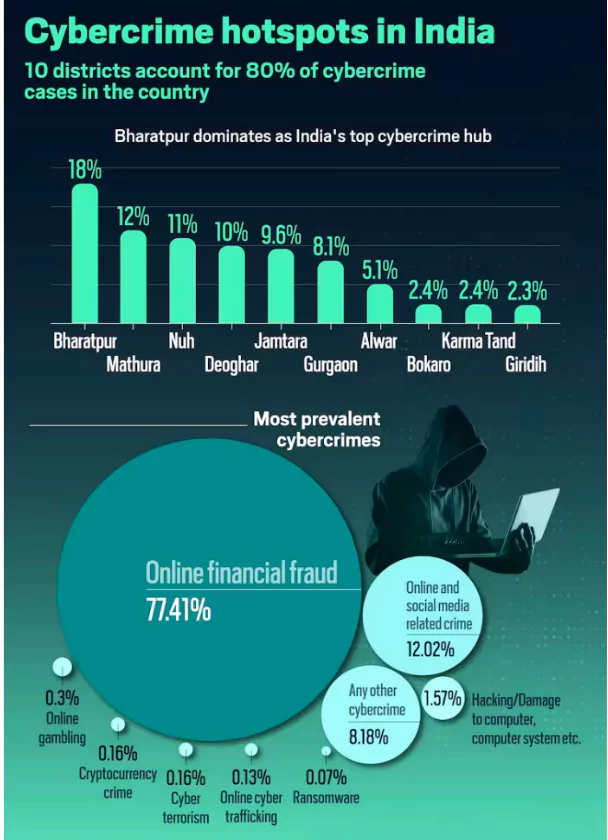 In India:
In India:
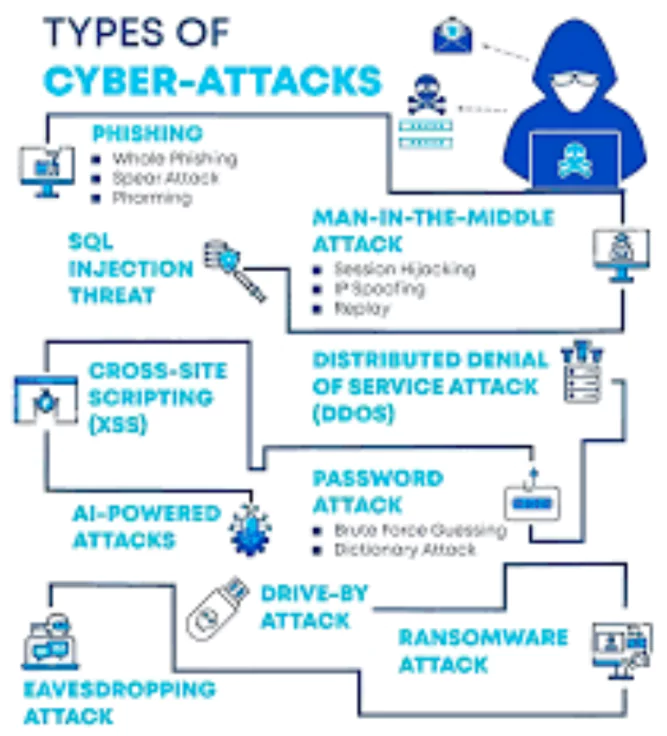 Vulnerabilities in Telecom Infrastructure: The telecom infrastructure in India is often ill-prepared to handle the overwhelming volume of calls and messages from fraudsters creating a fertile ground for cybercriminals to exploit.
Vulnerabilities in Telecom Infrastructure: The telecom infrastructure in India is often ill-prepared to handle the overwhelming volume of calls and messages from fraudsters creating a fertile ground for cybercriminals to exploit.
Cyber Law in India
Government Initiatives to check Cyber Crime
|
|---|
Ready to boost your UPSC 2025 preparation? Join PW’s UPSC online courses today!
Astronomers have discovered winds blowing at an astonishing 33,000 km/hour on WASP-127b, making them the fastest jet-stream winds ever observed on any known planet.
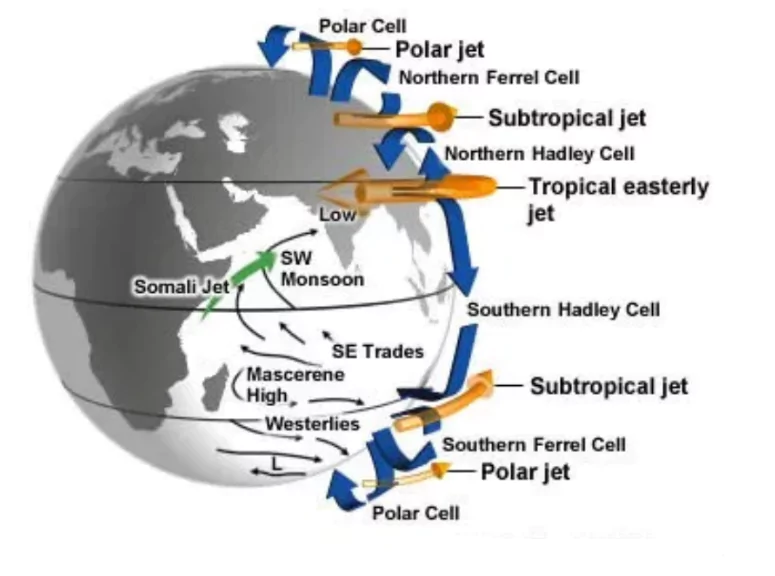
| How do jet streams affect the climate of India?
Jet streams affect the climate of India in various ways.
|
|---|
Exoplanet
|
|---|
Several factors cause the intense wind speeds on WASP-127b:
Understanding the extreme winds on WASP-127b helps astronomers learn more about:
Ready to boost your UPSC 2025 preparation? Join PW’s UPSC online courses today!
The Union Ministry of Finance notified the Unified Pension Scheme (UPS) which promises an assured pension.
| Inflation Indexation: Adjustment of financial values to account for inflation, ensuring the purchasing power of money remains constant.
Dearness Relief: Allowance to offset the impact of inflation on pensions, linked to AICPI-IW. |
|---|
|
|---|
| OPS | NPS | UPS | |
| Applicability | Government Employees
(Centre and States) |
Mandatory for Central
Government employees (Except the armed forces) after 2004. |
All Central government
employees under NPS |
| Pension
Amount |
50% of the last drawn
salary. |
No fixed pension; Depends on market returns. | 50% of the average
basic pay of service’s last 12 months. |
| Employee
Contribution |
No Contribution | 10% of salary | 10% of salary |
| Payment of
Lumpsum Amount |
Commutation of 40% of
pension as Lump Sum |
60% of NPS corpus can be
withdrawn as lump sum |
Provided on
superannuation |
| Inflation Protection | Through DA | Not Guaranteed | Inflation indexation |
Ready to boost your UPSC 2025 preparation? Join PW’s UPSC online courses today!
India’s banking system is grappling with a liquidity deficit, reaching ₹3.13 lakh crore as of January 27, 2025. To address this challenge, the Reserve Bank of India (RBI) has initiated several liquidity measures, alongside monetary policy adjustments to ensure stability and growth.
Variable Rate Repo Auction:
|
|---|
Ready to boost your UPSC 2025 preparation? Join PW’s UPSC online courses today!
Context: Recently, the US President warned China to impose a 10% tariff on Chinese imports as fentanyl is being sent from China to the US via Mexico and Canada.
Context: Chhaava movie maker, which is based on the life of Maratha warrior king Chhatrapati Sambhaji, will remove the Lezim dance scene from the movie following objections from politicians and history enthusiasts.
Context: Andhra Pradesh garnered special attention in the 76th Republic Day celebrations parade in New Delhi on 26 January with a display of the fascinating Etikoppaka toys.
Context: The Union Law Ministry has recently set up a Search Committee headed by the Law Minister to shortlist names for the post of Chief Election Commissioner.
Ready to boost your UPSC 2025 preparation? Join PW’s UPSC online courses today!
<div class="new-fform">
</div>